Home>Gardening & Outdoor>Landscaping Ideas>When Is There Dew On The Grass
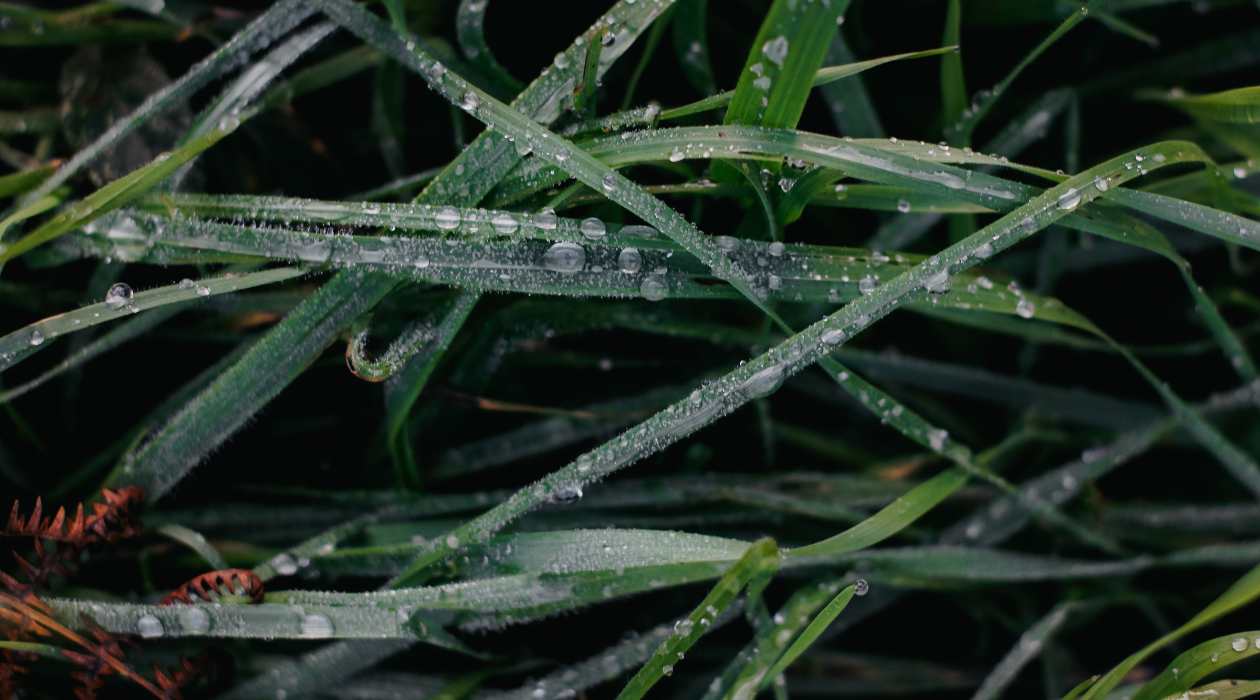

Landscaping Ideas
When Is There Dew On The Grass
Published: February 2, 2024
Discover the best landscaping ideas for maximizing dew on the grass. Learn when to expect dew and how to use it to enhance your lawn.
(Many of the links in this article redirect to a specific reviewed product. Your purchase of these products through affiliate links helps to generate commission for Storables.com, at no extra cost. Learn more)
Introduction
When you wake up early in the morning and step outside, have you ever noticed tiny water droplets glistening on the grass? That's dew, nature's delicate gift that adorns the landscape with its shimmering beauty. Dew is a natural phenomenon that has fascinated and inspired poets, artists, and nature enthusiasts for centuries. It's a magical touch that transforms the ordinary blades of grass into a glistening tapestry, inviting us to pause and appreciate the wonders of the natural world.
Dew is not just a visual spectacle; it also plays a crucial role in the ecosystem, nurturing plant life and sustaining the delicate balance of nature. Understanding the formation and significance of dew can deepen our appreciation for the intricate processes that unfold in the natural world, often unnoticed in our daily lives.
In this article, we will embark on a journey to unravel the mysteries of dew, exploring its formation, the factors influencing its presence, and the significance of dew on the grass. By delving into the enchanting world of dew, we can gain a newfound appreciation for the subtle yet profound ways in which nature shapes our surroundings. So, let's embark on this captivating exploration of dew and its mesmerizing presence on the grass.
Key Takeaways:
- Dew forms on grass at night when the temperature drops, creating a magical shimmering effect. It helps plants grow and provides water for insects, making the grass a vital part of the ecosystem.
- The presence of dew on the grass is not just beautiful, it also helps plants thrive and supports a delicate ecosystem. Dew is like nature’s way of giving the grass a refreshing drink and creating a serene, enchanting landscape.
Read more: When Does Dew Form On Grass
What is Dew?
Dew is the natural occurrence of water droplets that form on surfaces, such as grass, during the early hours of the morning or late at night. It is a result of condensation, where water vapor in the air transforms into liquid water when it comes into contact with a surface that has cooled down. This process occurs when the temperature of the surface drops below the dew point temperature, causing the moisture in the air to condense and form tiny droplets.
The formation of dew is a captivating manifestation of the water cycle in action. As the sun sets and the earth loses heat, the temperature of the ground and vegetation decreases. This cooling effect allows the moisture in the air to undergo a phase change, transitioning from an invisible vapor to tangible droplets that adorn the landscape.
Dew is not limited to grass; it can form on various surfaces, including leaves, flowers, and even man-made objects. However, its presence on the grass is particularly enchanting, creating a mesmerizing spectacle that transforms the green expanse into a sparkling canvas.
The formation of dew is a testament to the intricate interplay of temperature, humidity, and natural processes. It serves as a reminder of the delicate balance that sustains life on our planet, offering a glimpse into the harmonious dance of elements that shape our natural surroundings.
Understanding the essence of dew allows us to appreciate the subtle yet profound ways in which nature manifests its beauty. It invites us to pause and marvel at the enchanting spectacle of water droplets adorning the grass, infusing the landscape with a touch of ethereal charm.
Formation of Dew
Dew formation is a captivating natural process that unfolds during specific environmental conditions, creating a mesmerizing spectacle that adorns the grass with glistening water droplets. The formation of dew begins as the sun sets, and the earth gradually loses heat, causing the temperature of the ground and surrounding vegetation to decrease. This cooling effect sets the stage for the enchanting transformation of water vapor into tangible droplets.
As the evening progresses, the temperature of the grass drops below the dew point temperature, which is the critical threshold at which condensation occurs. The dew point temperature represents the point at which the air becomes saturated with moisture, leading to the transition of water vapor into liquid water. When the grass surface reaches this temperature, it becomes a receptive canvas for the delicate droplets of dew to form.
The process of dew formation is intricately linked to the concept of radiational cooling. As the earth loses heat after sunset, the ground and vegetation radiate their remaining warmth into the atmosphere. This radiation causes the temperature of the grass to plummet, creating an environment conducive to dew formation. The cooling effect facilitates the condensation of water vapor present in the air, giving rise to the exquisite display of dew on the grass.
The formation of dew is a testament to the delicate interplay of temperature, humidity, and natural processes. It serves as a reminder of the harmonious balance that sustains life on our planet, offering a glimpse into the enchanting dance of elements that shape our natural surroundings. This captivating phenomenon invites us to marvel at the ethereal beauty of water droplets adorning the grass, infusing the landscape with a touch of enchantment.
In essence, the formation of dew is a poetic manifestation of the water cycle, where the invisible vapor in the air transforms into tangible droplets that embellish the grass with their shimmering presence. It is a testament to the intricate processes that unfold in the natural world, often unnoticed in our daily lives, yet captivating in their subtle elegance.
Factors Affecting Dew Formation
Several factors influence the formation of dew, shaping the intricate process that adorns the grass with glistening water droplets. Understanding these factors provides insight into the conditions that contribute to the enchanting spectacle of dew formation.
-
Temperature: The temperature of the grass and surrounding environment plays a pivotal role in dew formation. As the evening progresses and the earth loses heat, the drop in temperature creates an environment conducive to condensation. When the grass surface cools below the dew point temperature, the moisture in the air undergoes a phase change, leading to the formation of dew.
-
Humidity: The moisture content in the air, often referred to as humidity, significantly influences dew formation. Higher humidity levels increase the likelihood of dew formation, as the air becomes saturated with moisture. This saturation point, combined with a drop in temperature, sets the stage for condensation to occur, giving rise to the delicate droplets of dew on the grass.
-
Clear Skies and Calm Winds: Clear, cloudless skies and minimal wind activity contribute to optimal conditions for dew formation. During such nights, the absence of cloud cover allows the earth to radiate its remaining heat into the atmosphere, facilitating a more pronounced cooling effect. Additionally, calm winds prevent the dispersal of moisture-laden air, creating a conducive environment for dew to form on the grass.
-
Vegetation and Surface Characteristics: The presence of vegetation and the characteristics of the surface influence dew formation. Grass, with its intricate blades and surface area, provides ample space for dew to accumulate. Additionally, the nature of the surface, such as its texture and composition, can impact the rate at which dew forms, contributing to the mesmerizing display of water droplets on the grass.
-
Altitude and Topography: Altitude and topographical features can influence the temperature and moisture levels in a given area, consequently affecting dew formation. Higher altitudes may experience more rapid temperature changes, leading to enhanced dew formation during the night. Similarly, topographical variations can create microclimates that influence the conditions conducive to dew formation.
By considering these factors, we gain a deeper appreciation for the intricate interplay of elements that culminate in the enchanting phenomenon of dew formation. The convergence of temperature, humidity, and environmental conditions orchestrates the delicate dance of dew, adorning the grass with its shimmering allure.
Dew forms when the temperature drops and the air becomes saturated with moisture. So, there is usually dew on the grass in the early morning when the temperature is cooler.
When Does Dew Form on the Grass?
Dew forms on the grass during the early hours of the morning or late at night, typically after sunset. As the sun sets and the earth begins to lose heat, the temperature of the grass and surrounding vegetation gradually decreases. This cooling effect sets the stage for the enchanting transformation of water vapor into tangible droplets. When the temperature of the grass drops below the dew point temperature, which is the critical threshold for condensation, the moisture in the air undergoes a phase change, leading to the formation of dew.
The timing of dew formation is closely linked to the concept of radiational cooling. After sunset, the ground and vegetation radiate their remaining warmth into the atmosphere, causing the temperature of the grass to plummet. This drop in temperature creates an environment conducive to dew formation, as the moisture in the air begins to condense and form delicate droplets on the grass blades.
Clear, cloudless skies and calm winds contribute to optimal conditions for dew formation. During such nights, the absence of cloud cover allows the earth to radiate its remaining heat into the atmosphere, facilitating a more pronounced cooling effect. Additionally, calm winds prevent the dispersal of moisture-laden air, creating a conducive environment for dew to form on the grass.
The presence of vegetation and the characteristics of the grass surface also play a role in dew formation. The intricate blades and surface area of the grass provide ample space for dew to accumulate. Additionally, the texture and composition of the grass can impact the rate at which dew forms, contributing to the mesmerizing display of water droplets on the grass.
Altitude and topographical features can also influence the timing of dew formation. Higher altitudes may experience more rapid temperature changes, leading to enhanced dew formation during the night. Similarly, topographical variations can create microclimates that influence the conditions conducive to dew formation on the grass.
In essence, dew forms on the grass under specific environmental conditions, characterized by radiational cooling, clear skies, and conducive humidity levels. The interplay of these factors orchestrates the delicate dance of dew, adorning the grass with its shimmering allure during the tranquil hours of the night.
Read more: How Does Dew Form On Grass
Importance of Dew on the Grass
The presence of dew on the grass holds profound significance in the natural world, extending beyond its aesthetic allure to encompass vital ecological and agricultural implications. Dew serves as a source of moisture for plants, playing a pivotal role in sustaining their growth and vitality. As the delicate droplets adorn the grass each morning, they contribute to the hydration of the vegetation, nurturing the intricate tapestry of plant life.
Furthermore, dew facilitates the replenishment of soil moisture, particularly in regions where rainfall may be scarce or irregular. In arid climates, the presence of dew becomes a crucial source of hydration for the grass and surrounding flora, fostering resilience in the face of environmental challenges. This natural moisture supplement contributes to the overall health and vigor of the grass, enabling it to thrive in diverse ecological settings.
Moreover, the presence of dew on the grass influences the surrounding microclimate, creating a localized environment that supports diverse forms of life. Insects and small animals rely on dew as a source of hydration, fostering a delicate ecosystem where the presence of water droplets sustains a myriad of interconnected organisms. This intricate web of life underscores the far-reaching impact of dew on the grass, shaping the dynamics of the natural world at a microcosmic level.
From an agricultural perspective, dew plays a crucial role in supporting crop growth and vitality. In farming communities, the presence of dew on cultivated fields represents a natural boon, contributing to the hydration of crops and enhancing agricultural productivity. The moisture provided by dew becomes an essential complement to irrigation practices, particularly in regions where water resources may be limited.
Beyond its practical implications, the presence of dew on the grass evokes a sense of tranquility and enchantment, infusing the landscape with a serene beauty that captivates the senses. The glistening water droplets on the grass create a visual spectacle that invites contemplation and appreciation, serving as a reminder of the delicate balance that sustains the natural world.
In essence, the importance of dew on the grass transcends its visual appeal, encompassing ecological, agricultural, and aesthetic dimensions. Its role in nurturing plant life, replenishing soil moisture, and fostering diverse ecosystems underscores the profound impact of this natural phenomenon. As the morning sun illuminates the landscape, the presence of dew on the grass stands as a testament to the intricate interplay of elements that shape our natural surroundings, enriching the tapestry of life with its shimmering presence.
Conclusion
In conclusion, the enchanting presence of dew on the grass unveils a captivating narrative of nature's delicate artistry and ecological significance. The formation of dew, orchestrated by the interplay of temperature, humidity, and environmental conditions, transforms the ordinary blades of grass into a glistening tapestry, inviting us to pause and appreciate the wonders of the natural world.
The formation of dew is a poetic manifestation of the water cycle, where the invisible vapor in the air transforms into tangible droplets that embellish the grass with their shimmering presence. It serves as a reminder of the delicate balance that sustains life on our planet, offering a glimpse into the harmonious dance of elements that shape our natural surroundings.
By understanding the factors influencing dew formation, such as temperature, humidity, clear skies, and surface characteristics, we gain a deeper appreciation for the intricate interplay of elements that culminate in the enchanting phenomenon of dew. The convergence of these factors orchestrates the delicate dance of dew, adorning the grass with its shimmering allure during the tranquil hours of the night.
The importance of dew on the grass extends beyond its aesthetic allure to encompass vital ecological and agricultural implications. Dew serves as a source of moisture for plants, playing a pivotal role in sustaining their growth and vitality. Furthermore, dew facilitates the replenishment of soil moisture, particularly in regions where rainfall may be scarce or irregular, fostering resilience in the face of environmental challenges.
Moreover, the presence of dew on the grass influences the surrounding microclimate, creating a localized environment that supports diverse forms of life. Insects and small animals rely on dew as a source of hydration, fostering a delicate ecosystem where the presence of water droplets sustains a myriad of interconnected organisms.
From an agricultural perspective, dew plays a crucial role in supporting crop growth and vitality, contributing to the hydration of crops and enhancing agricultural productivity. Beyond its practical implications, the presence of dew on the grass evokes a sense of tranquility and enchantment, infusing the landscape with a serene beauty that captivates the senses.
In essence, the importance of dew on the grass transcends its visual appeal, encompassing ecological, agricultural, and aesthetic dimensions. Its role in nurturing plant life, replenishing soil moisture, and fostering diverse ecosystems underscores the profound impact of this natural phenomenon. As the morning sun illuminates the landscape, the presence of dew on the grass stands as a testament to the intricate interplay of elements that shape our natural surroundings, enriching the tapestry of life with its shimmering presence.
Frequently Asked Questions about When Is There Dew On The Grass
Was this page helpful?
At Storables.com, we guarantee accurate and reliable information. Our content, validated by Expert Board Contributors, is crafted following stringent Editorial Policies. We're committed to providing you with well-researched, expert-backed insights for all your informational needs.
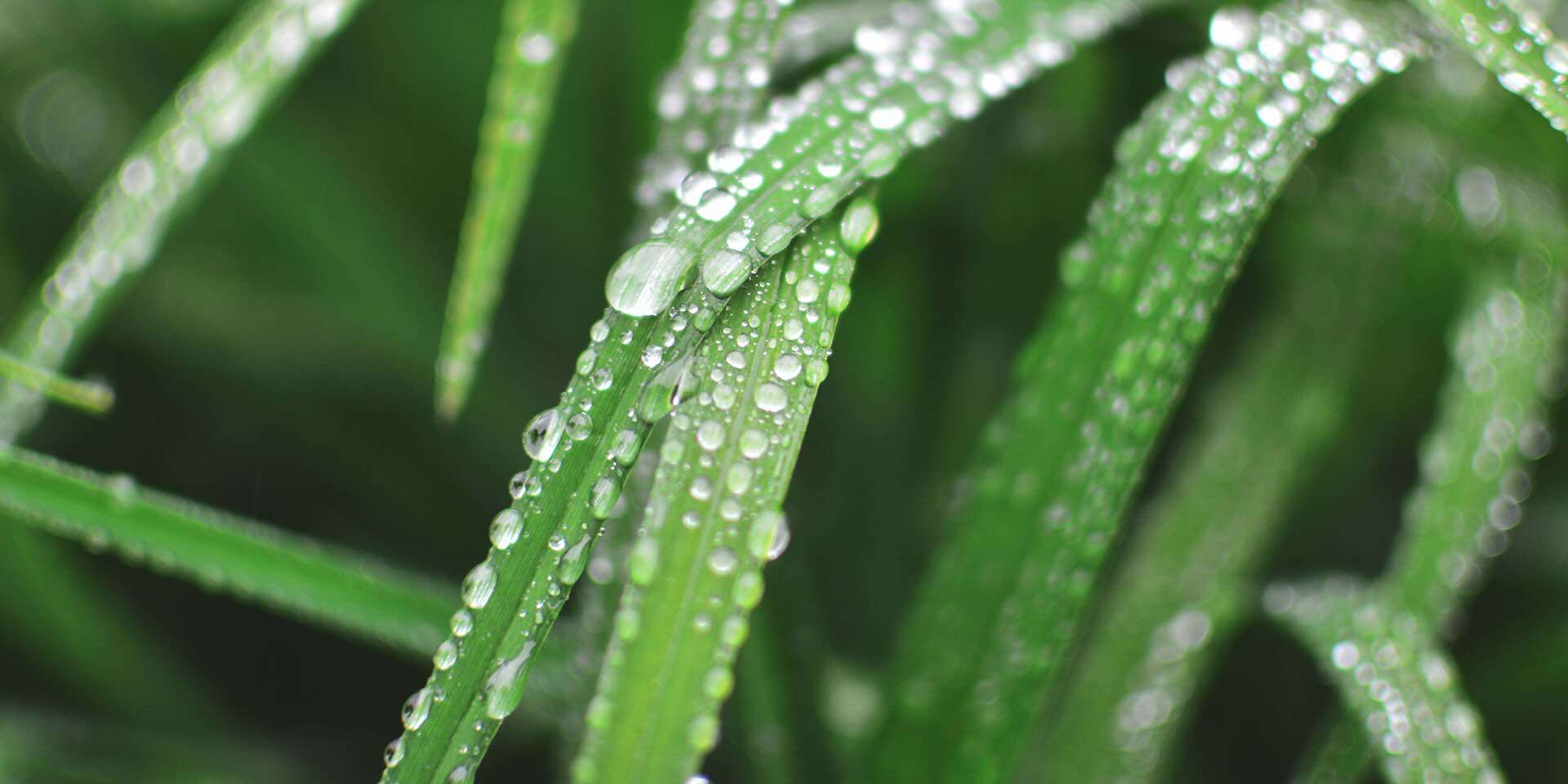
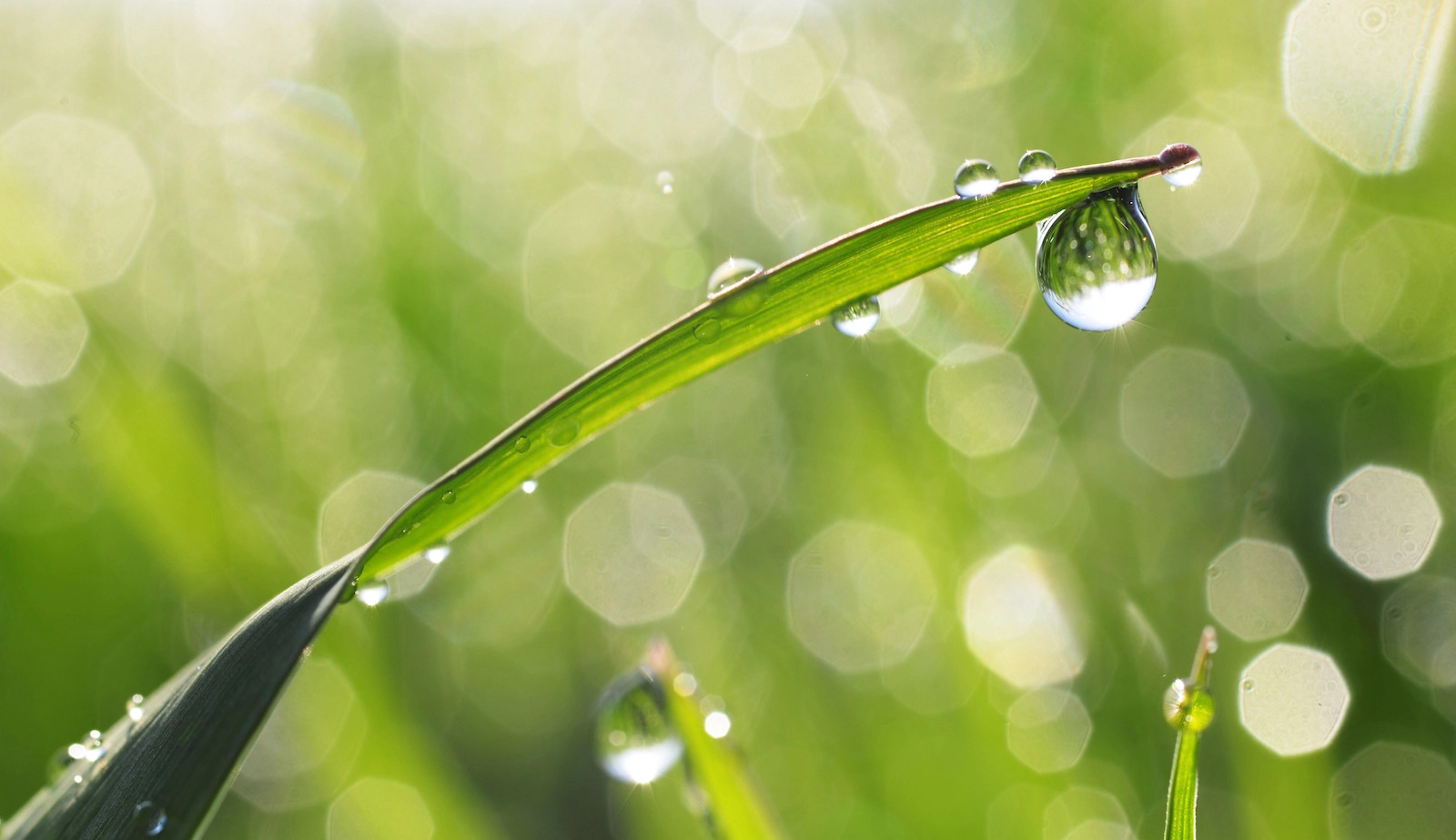
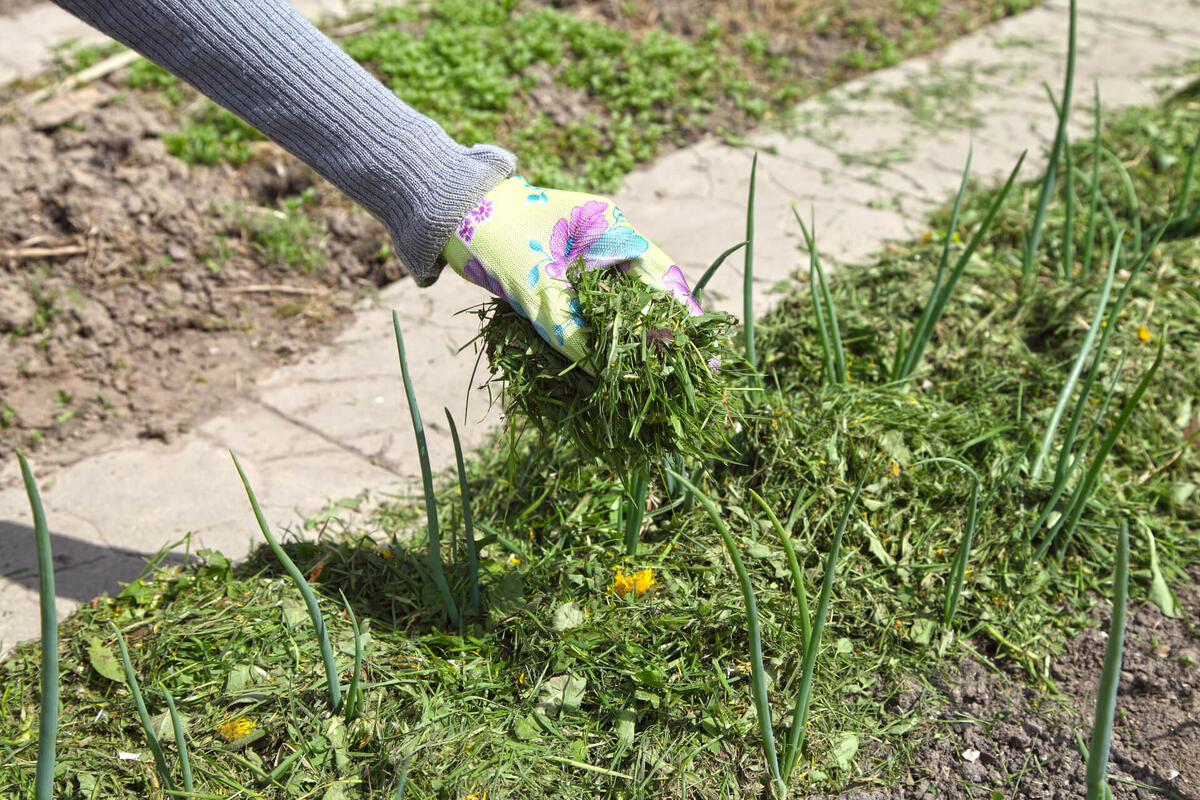
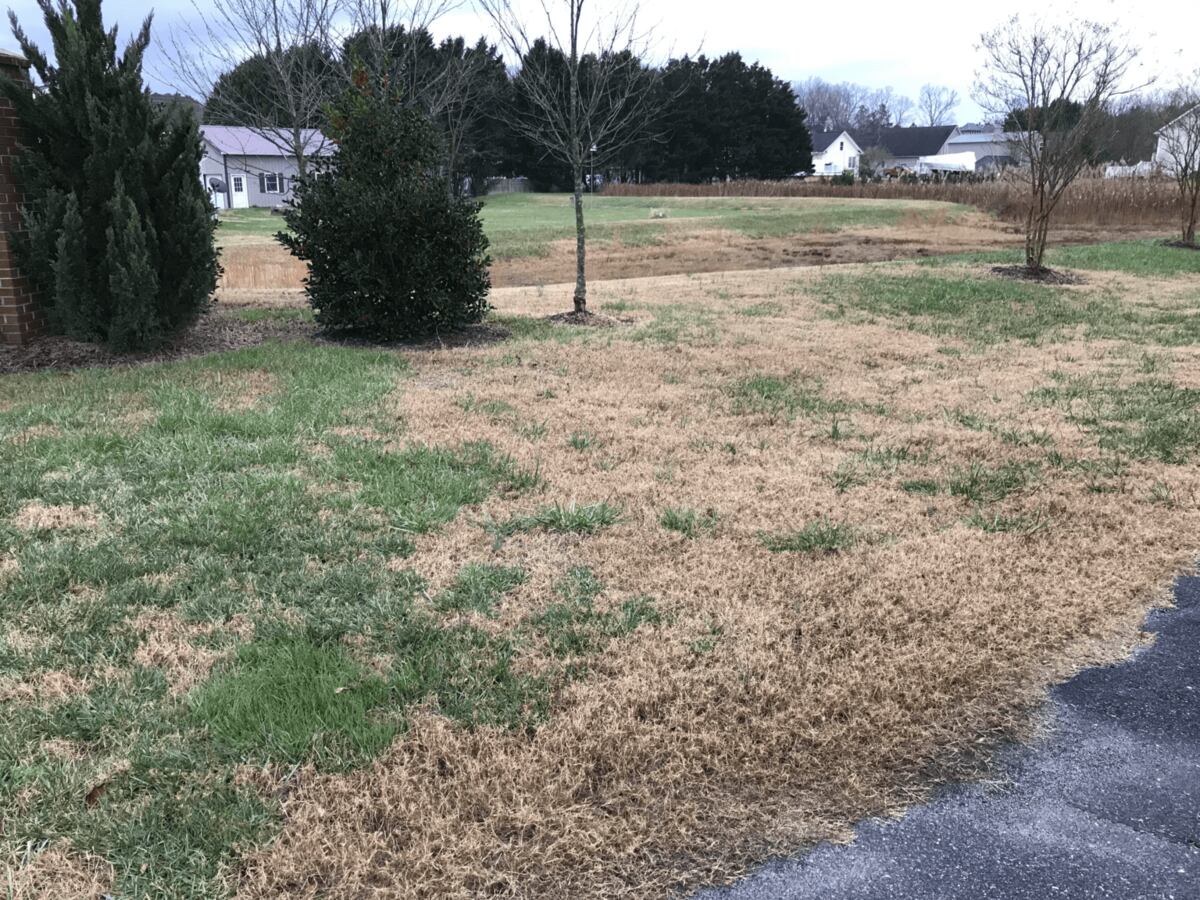
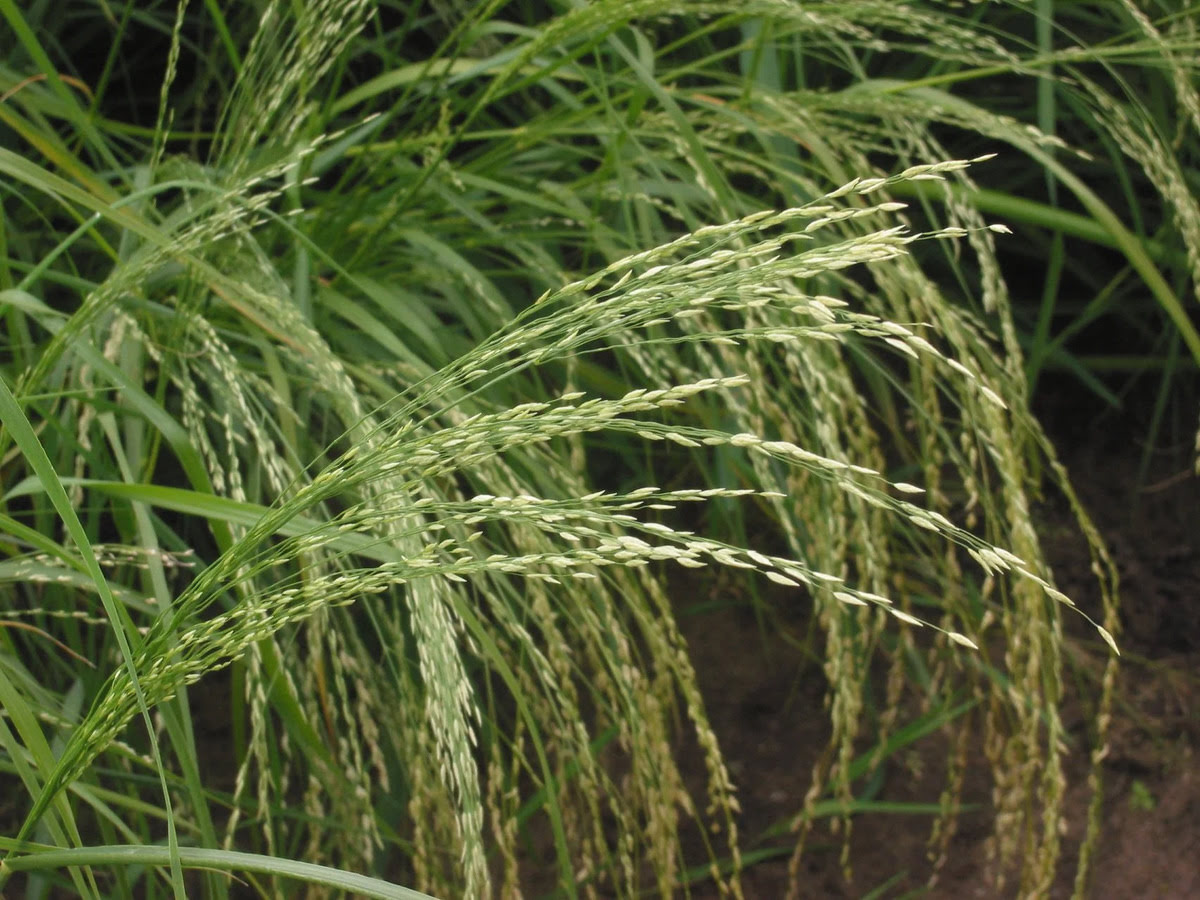
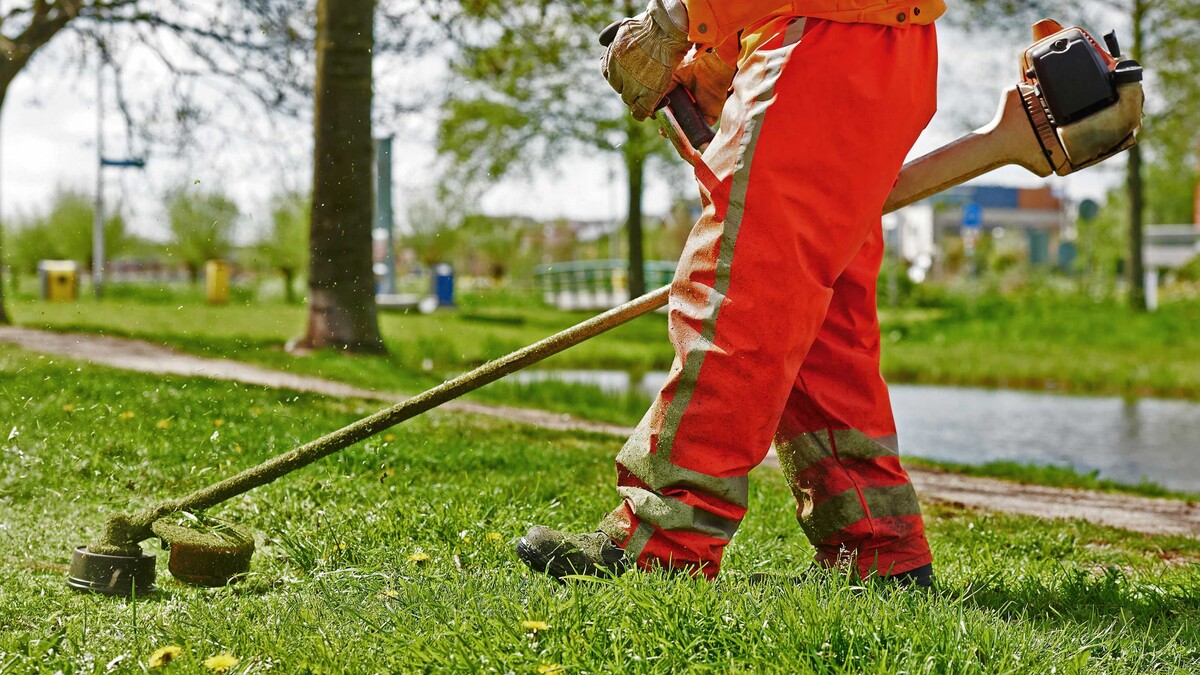
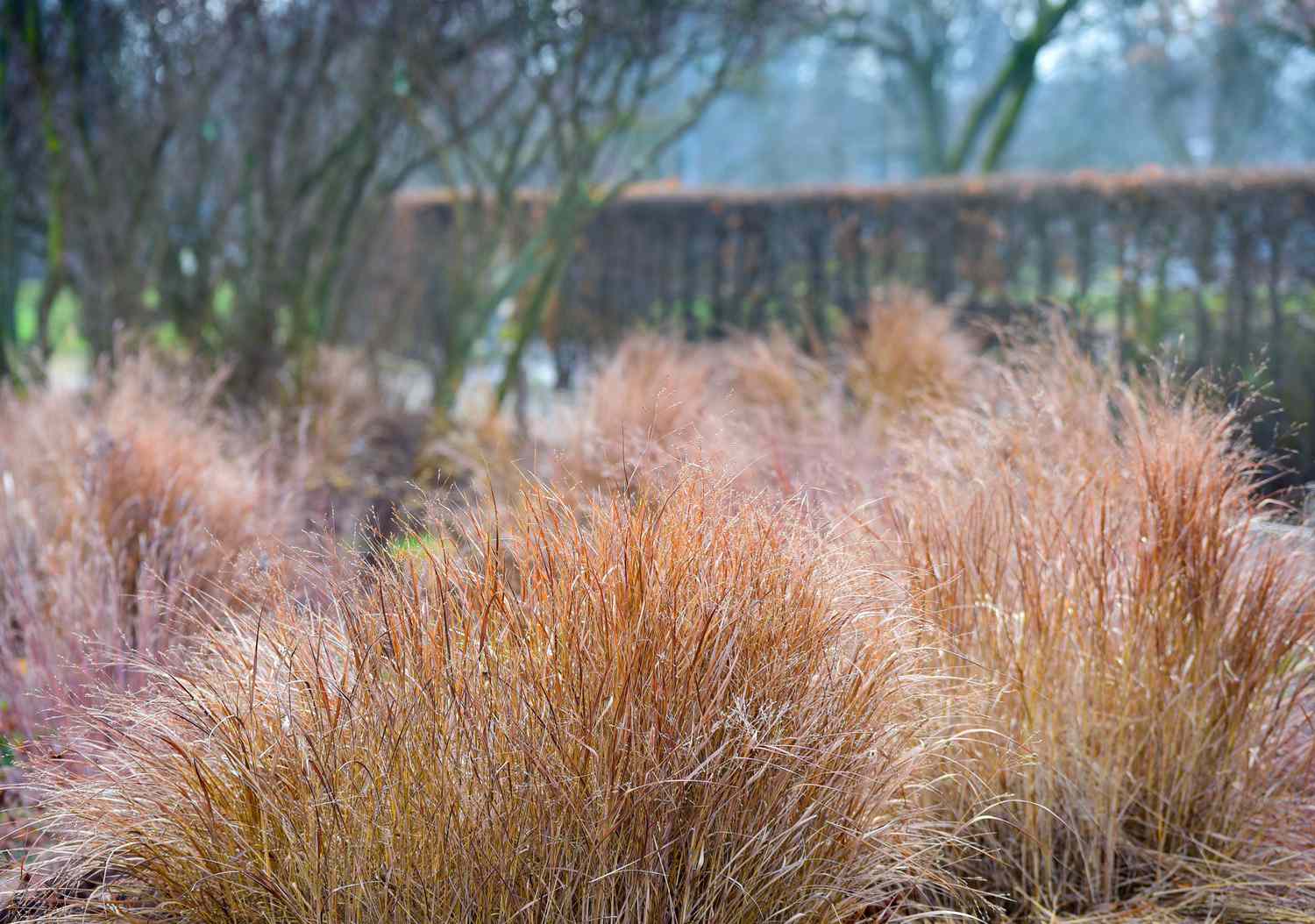

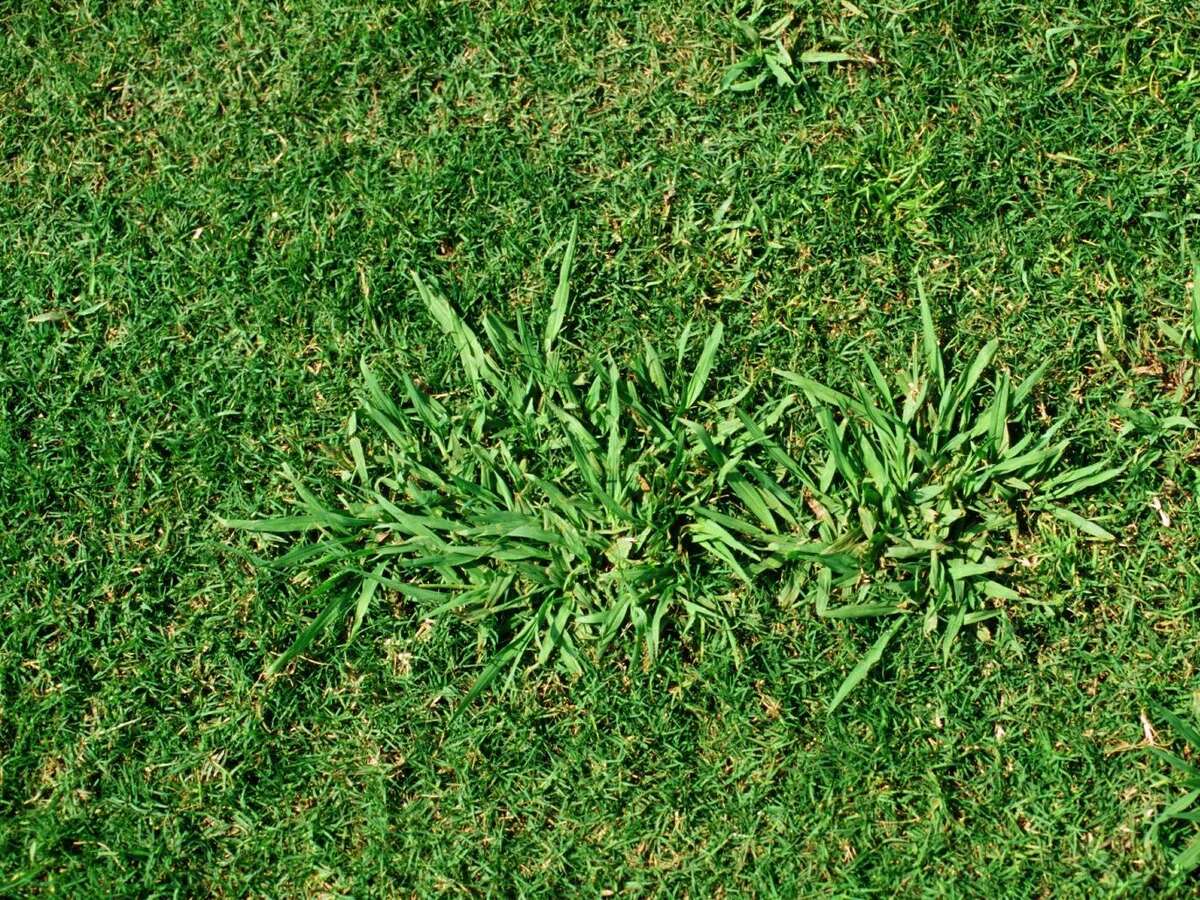
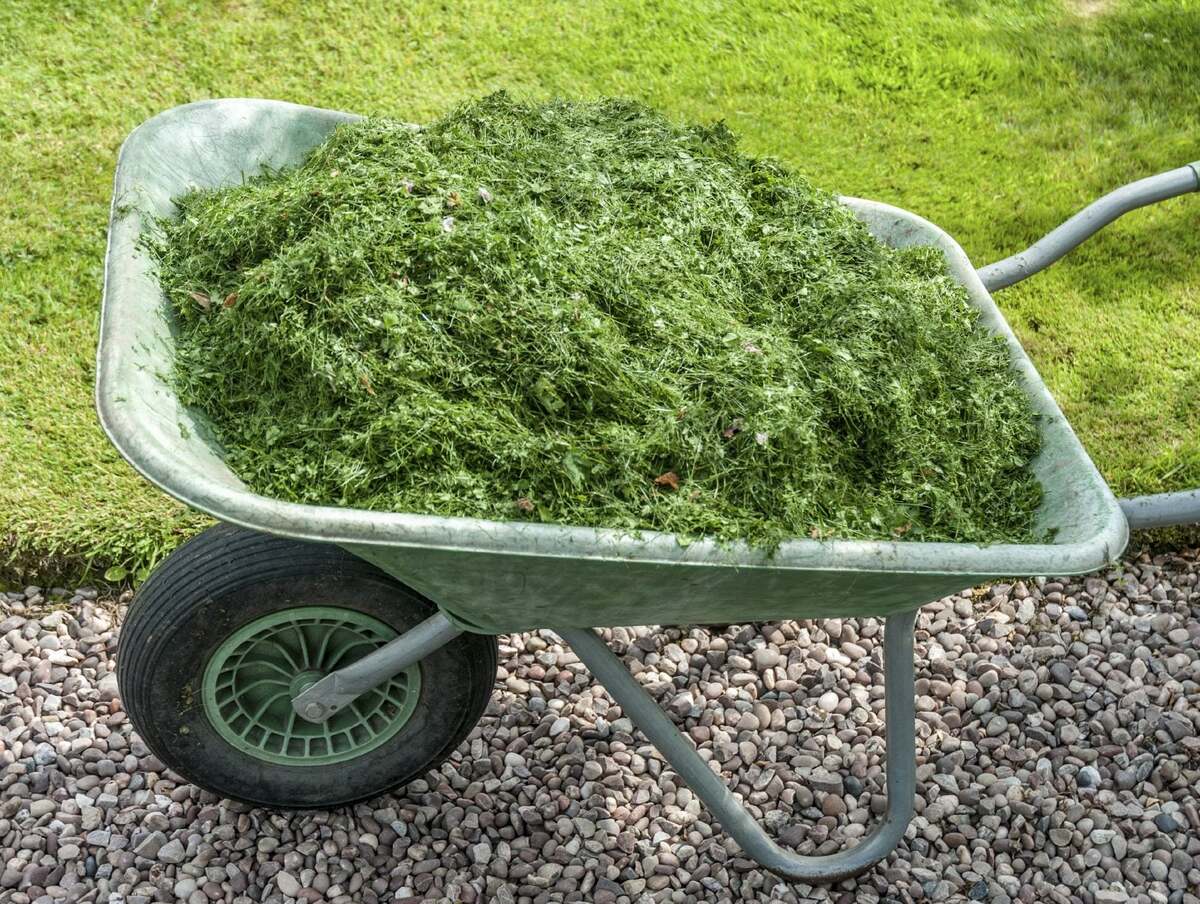
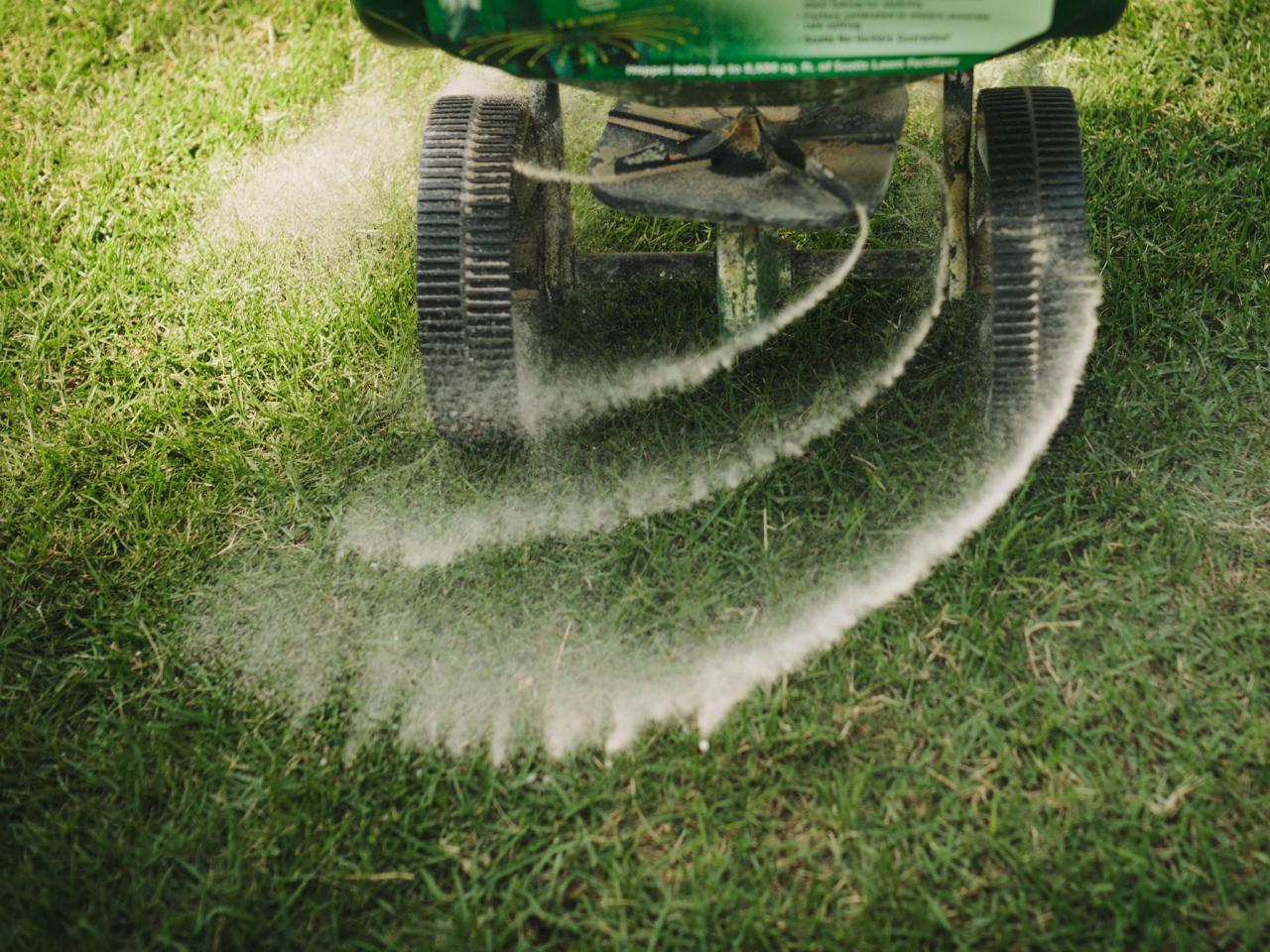

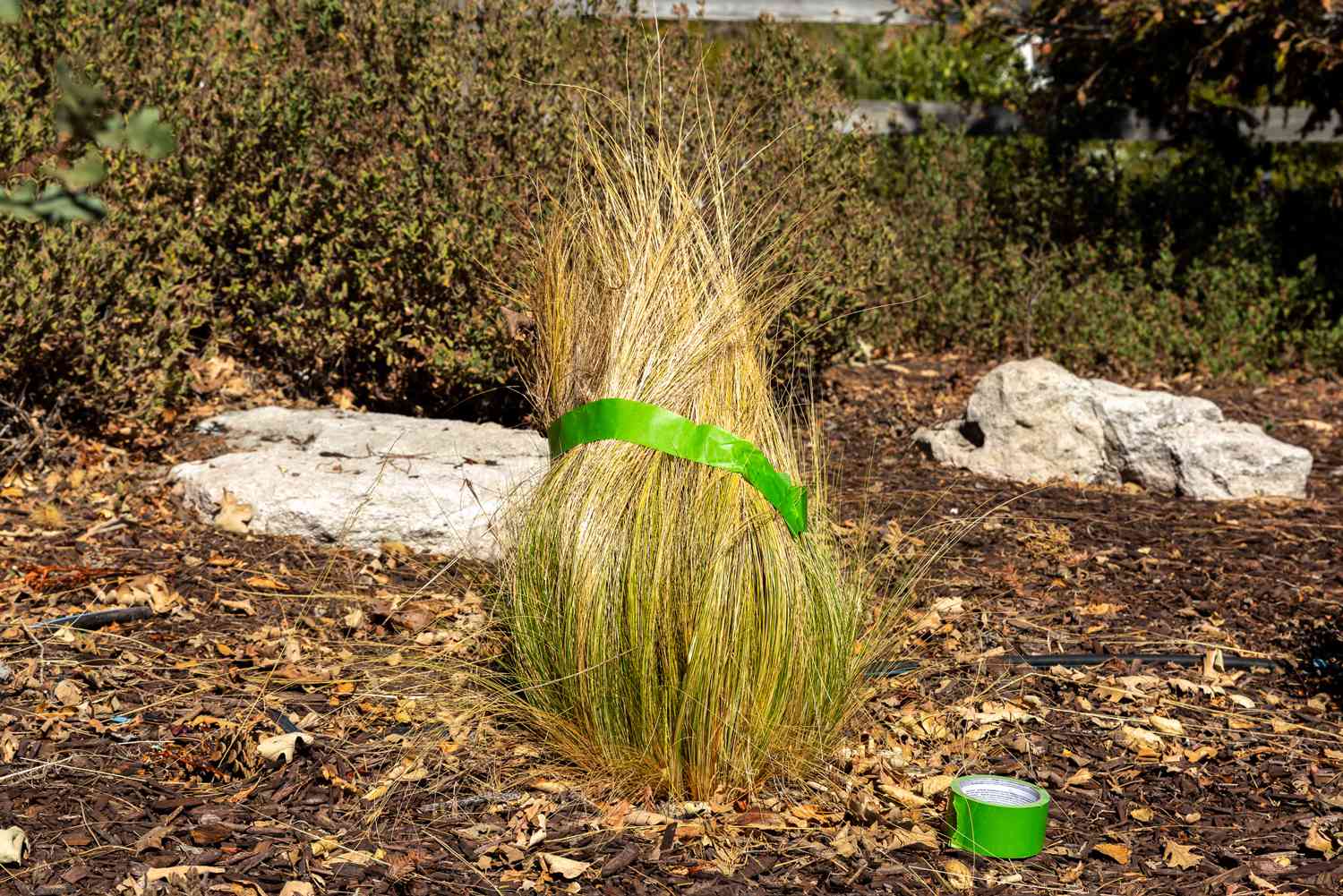


0 thoughts on “When Is There Dew On The Grass”